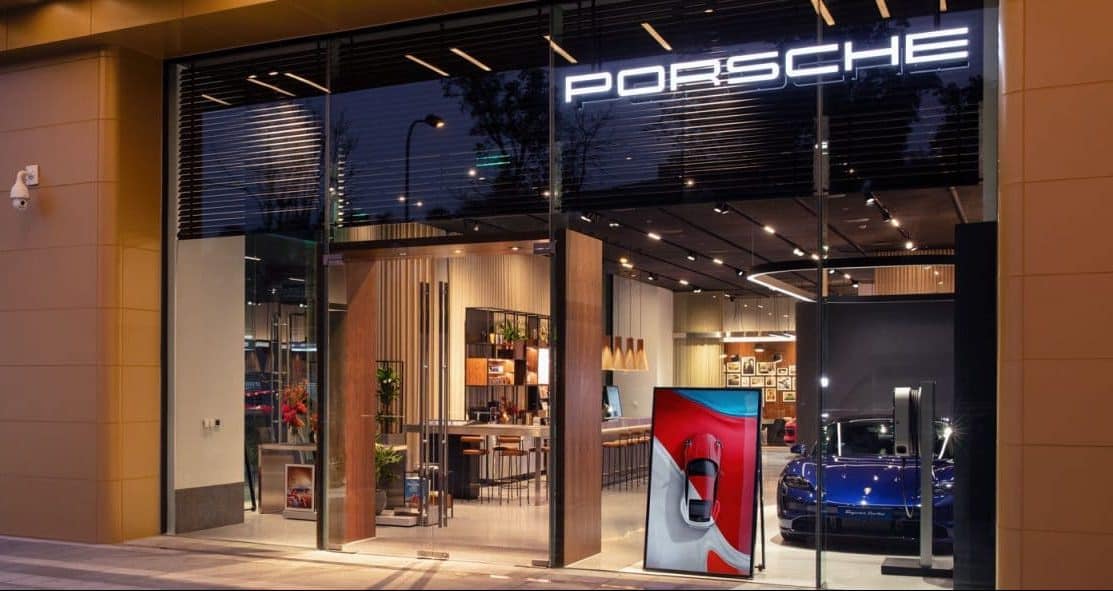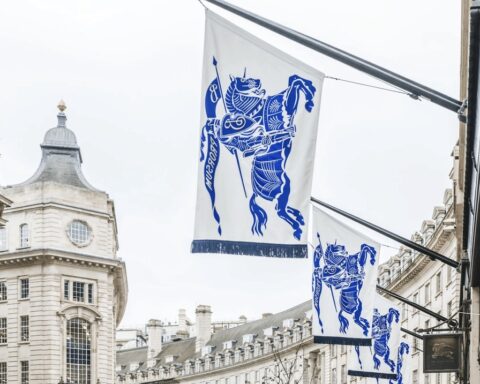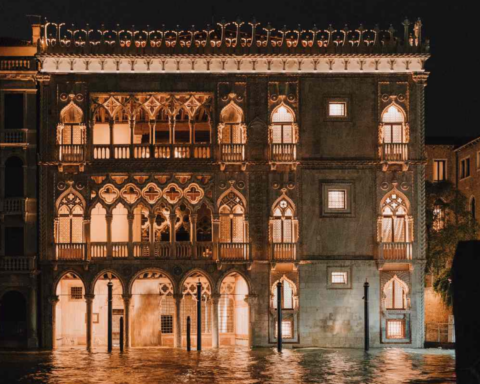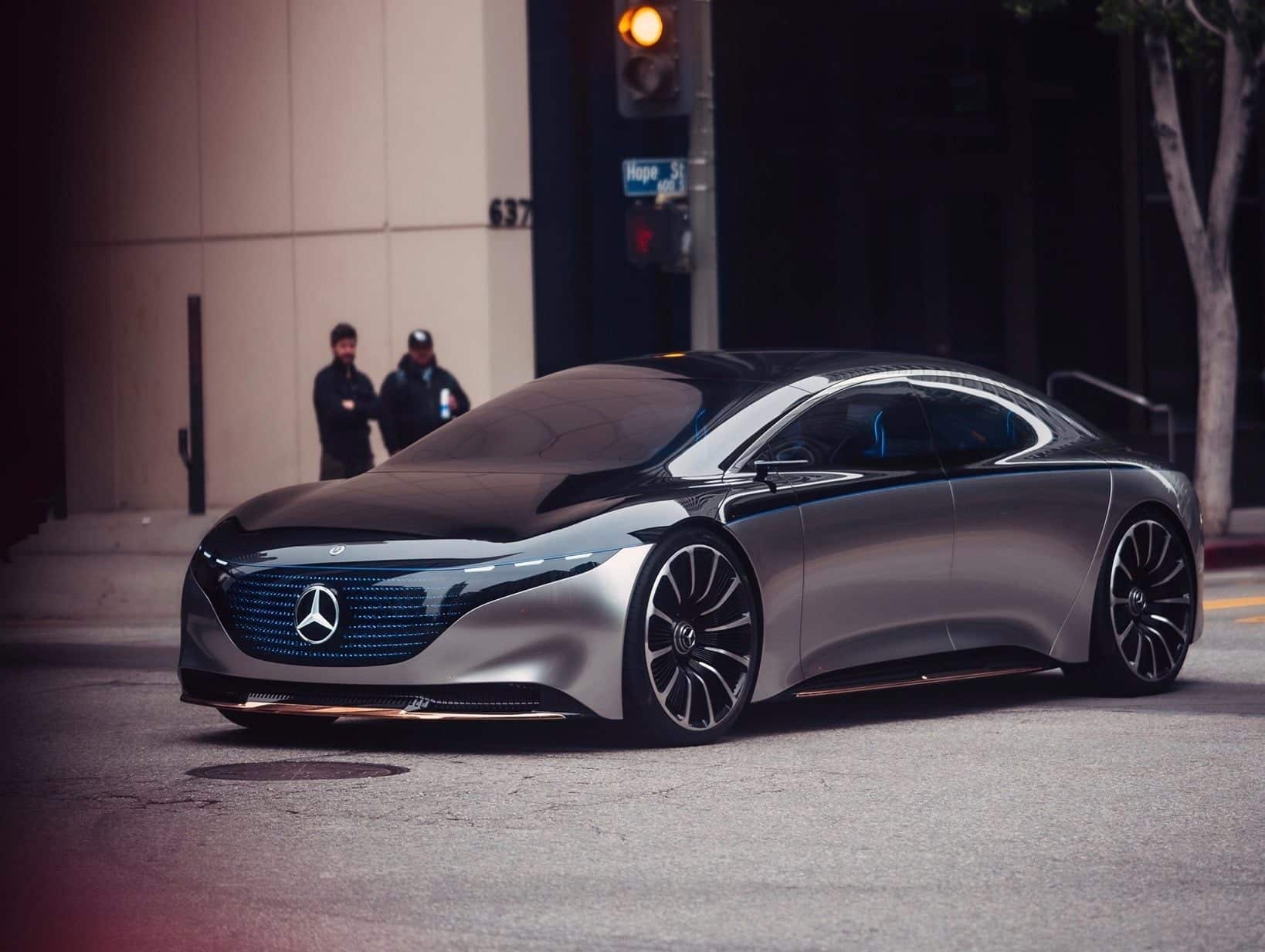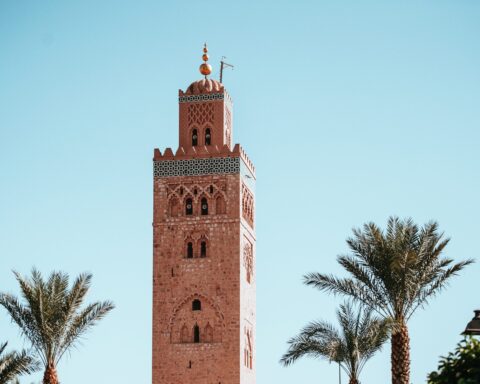[vc_row njt-role=”people-in-the-roles” njt-role-user-roles=”administrator,editor,author,armember”][vc_column][vc_column_text]
Vietnam might be a small player compared to Japan and China in terms of luxury market size, but it has great potential to become a very profitable market in the near future according to Jing Daily.
Jing Daily, China’s luxury media outlet, said that the bright prospects of Vietnam’s luxury market can be attributed to its population’s rising income in recent years, with high-income consumers being the backbone of luxury consumption.
Indeed, between 2002 and 2020, Vietnam’s GDP per capita increased 2.7 times, reaching nearly $2,800. A 2016 report prepared by the World Bank also noted that the country could reach upper-middle income status by 2035, with per capita income exceeding $7,000.
Vietnam’s middle class has also expanded massively, and is expected to reach 95 million people by 2030, according to Nielsen forecasts. The number of people with a net worth of $1 million to $30 million will increase by 32 percent to more than 25,800 by 2025. At the same time, the country has a relatively young population, with a median age of 32.5 years. And 37.7 percent of the population is urban (36,727,248 people in 2020), according to Worldometer.
An appetite for luxury brands
Luxury brands should be optimistic about Vietnam, as demand for their products is high. And this is especially true now that consumers are homebound and cannot travel to Singapore or China to consume them.
“The appetite for luxury goods is more pronounced than ever in the country’s capital, Hanoi, and Ho Chi Minh City,” Tran Thi Hoai Anh (Tran Anh), founder and president of GlobalLink Co. Ltd, to The Business of Fashion. “Just 10 years ago, it was about knowing the difference between Gucci and Prada. [But] today, the new generation of affluent buyers is motivated by the search for quality, distinctiveness and craftsmanship.”
According to Tran Nguyen Thien Huong (Tran Huong), publisher and editor-in-chief of Harper’s Bazaar Vietnam, the country has always had a wealthy elite class. But after the American withdrawal from Vietnam, some wealthy families “hid their wealth in the form of diamonds and gold.” That all changed in the 1980s, after the passage of the Đổi Mới, as the elite could flaunt their wealth again.
For obvious reasons, the luxury sector benefited from the EU-Việt Nam trade agreement and the 2019 investment protection agreement, which removed 99% of all tariffs and lowered many regulatory barriers. As luxury goods became more affordable, consumers were able to get their hands on these high-end products more easily.
At this point, some well-known brands sensed the opportunity and turned the growing domestic demand for luxury goods to their advantage by investing in the local market. As an example, Porsche opened the Porsche Studio in Hà Nội, its second retail space in Southeast Asia. According to Arthur Willmann, president and CEO of Porsche Asia Pacific, Vietnam has become one of the fastest growing markets for Porsche.
Meanwhile, DAFC, which manages more than 60 luxury brands, including Cartier and Rolex, has announced that its sales in Vietnam are up 35 percent in 2020. According to Statista, Vietnam’s personal luxury goods market revenue reached $976 million in 2021 and is expected to grow at 6.67 percent annually from 2021 to 2025.
Read also > VIETNAM : NEW ELDORADO OF LUXURY REAL ESTATE
Featured photo : © Porsche Studio Hà Nội[/vc_column_text][/vc_column][/vc_row][vc_row njt-role=”not-logged-in”][vc_column][vc_column_text]
Vietnam might be a small player compared to Japan and China in terms of luxury market size, but it has great potential to become a very profitable market in the near future according to Jing Daily.
Jing Daily, China’s luxury media outlet, said that the bright prospects of Vietnam’s luxury market can be attributed to its population’s rising income in recent years, with high-income consumers being the backbone of luxury consumption.
[…][/vc_column_text][vc_cta h2=”This article is reserved for subscribers.” h2_font_container=”tag:h2|font_size:16|text_align:left” h2_use_theme_fonts=”yes” h4=”Subscribe now !” h4_font_container=”tag:h2|font_size:32|text_align:left|line_height:bas” h4_use_theme_fonts=”yes” txt_align=”center” color=”black” add_button=”right” btn_title=”I SUBSCRIBE !” btn_color=”danger” btn_size=”lg” btn_align=”center” use_custom_fonts_h2=”true” use_custom_fonts_h4=”true” btn_button_block=”true” btn_custom_onclick=”true” btn_link=”url:https%3A%2F%2Ftest2023.luxus-plus.com%2Fen%2Fsubscriptions-and-newsletter-special-offer-valid-until-september-30-2020-2-2%2F”]Get unlimited access to all articles and live a new reading experience, preview contents, exclusive newsletters…
Already have an account ? Please log in.
[/vc_cta][vc_column_text]Featured photo : © Porsche Studio Hà Nội[/vc_column_text][/vc_column][/vc_row][vc_row njt-role=”people-in-the-roles” njt-role-user-roles=”subscriber,customer”][vc_column][vc_column_text]
Vietnam might be a small player compared to Japan and China in terms of luxury market size, but it has great potential to become a very profitable market in the near future according to Jing Daily.
Jing Daily, China’s luxury media outlet, said that the bright prospects of Vietnam’s luxury market can be attributed to its population’s rising income in recent years, with high-income consumers being the backbone of luxury consumption.
[…][/vc_column_text][vc_cta h2=”This article is reserved for subscribers.” h2_font_container=”tag:h2|font_size:16|text_align:left” h2_use_theme_fonts=”yes” h4=”Subscribe now !” h4_font_container=”tag:h2|font_size:32|text_align:left|line_height:bas” h4_use_theme_fonts=”yes” txt_align=”center” color=”black” add_button=”right” btn_title=”I SUBSCRIBE !” btn_color=”danger” btn_size=”lg” btn_align=”center” use_custom_fonts_h2=”true” use_custom_fonts_h4=”true” btn_button_block=”true” btn_custom_onclick=”true” btn_link=”url:https%3A%2F%2Ftest2023.luxus-plus.com%2Fen%2Fsubscriptions-and-newsletter-special-offer-valid-until-september-30-2020-2-2%2F”]Get unlimited access to all articles and live a new reading experience, preview contents, exclusive newsletters…
Already have an account ? Please log in.
[/vc_cta][vc_column_text]Featured photo : © Porsche Studio Hà Nội[/vc_column_text][/vc_column][/vc_row][vc_row njt-role=”people-in-the-roles” njt-role-user-roles=”subscriber,customer”][vc_column][vc_column_text]


